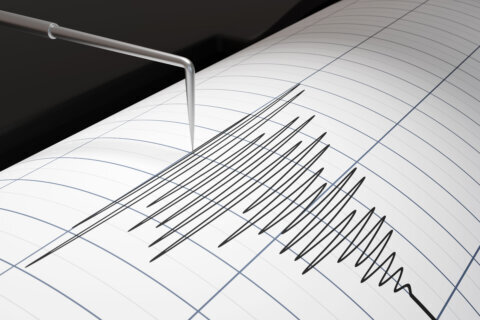Nine schools in Howard County tested positive for the bacteria Legionella last month, the school system announced Friday.
Exposure to Legionella can lead to Legionnaires’ disease, a “serious” type of pneumonia, and a milder form of the illness called Pontiac fever, according to the Centers for Disease Control.
Howard County said they began testing the school system’s cooling towers not out of compliance to any state or federal regulation, but “out of an abundance of caution and based on industry best practices.”
Legionella is a type of bacterium that occurs naturally in bodies of fresh water, such as lakes and streams. When it grows and spreads in man-made building water systems — such as shower heads, cooling towers and fountains — it can become a health threat, according to the CDC.
As Legionella multiplies, it spreads to water droplets small enough to be inhaled by people. When people breathe the bacteria in, they can develop Legionnaires’ disease or Pontiac fever.
Howard County schools reminded parents that it is not uncommon to find Legionella in building water systems, but the elevated levels — over 100 colony forming units — detected in the school cooling towers “suggests additional treatment and maintenance is warranted.”
“There are at least 50 legionella species, only 20 of which cause human diseases,” the school system said in a news release. “The presence of the organism cannot be directly equated to risk of infection.
The school system test all of the cooling towers at 23 schools. The schools that tested positive for Legionella are listed below:
- Atholton High School
- Long Reach High School
- Hammond High School
- Howard High School (ground cooling tower and roof cooling tower)
- Marriotts Ridge High School
- Mt. Hebron High School
- River Hill High School
- Laurel Woods Elementary School
- West Friendship Elementary School
Howard County public schools said they will continue to test all cooling towers annually. They intend to do so in the fall, “when the water in the cooling towers can be idle for extended periods of time due to low cooling load conditions.”







